Type 2 Diabetes and Potatoes: A Comprehensive Guide to Managing Blood Sugar
Are potatoes safe for people with type 2 diabetes. How do potatoes affect blood sugar levels. What are the best types of potatoes for diabetics. What are healthier alternatives to potatoes for diabetics.
Understanding Type 2 Diabetes and Its Relationship with Carbohydrates
Type 2 diabetes is a metabolic disorder characterized by insulin resistance and elevated blood glucose levels. It accounts for 90-95% of all diabetes cases worldwide. People with this condition often struggle to maintain healthy blood sugar levels, especially after consuming carbohydrate-rich foods.
In type 2 diabetes, the body’s cells become resistant to insulin, the hormone responsible for facilitating glucose uptake. As a result, the pancreas produces more insulin to compensate, but eventually, it may not be enough to keep blood sugar levels in check.
The Role of Carbohydrates in Blood Sugar Management
Carbohydrates have the most significant impact on blood glucose levels compared to other macronutrients. When consumed, they are broken down into simple sugars, primarily glucose, which enters the bloodstream. For individuals with type 2 diabetes, managing carbohydrate intake is crucial for maintaining stable blood sugar levels.
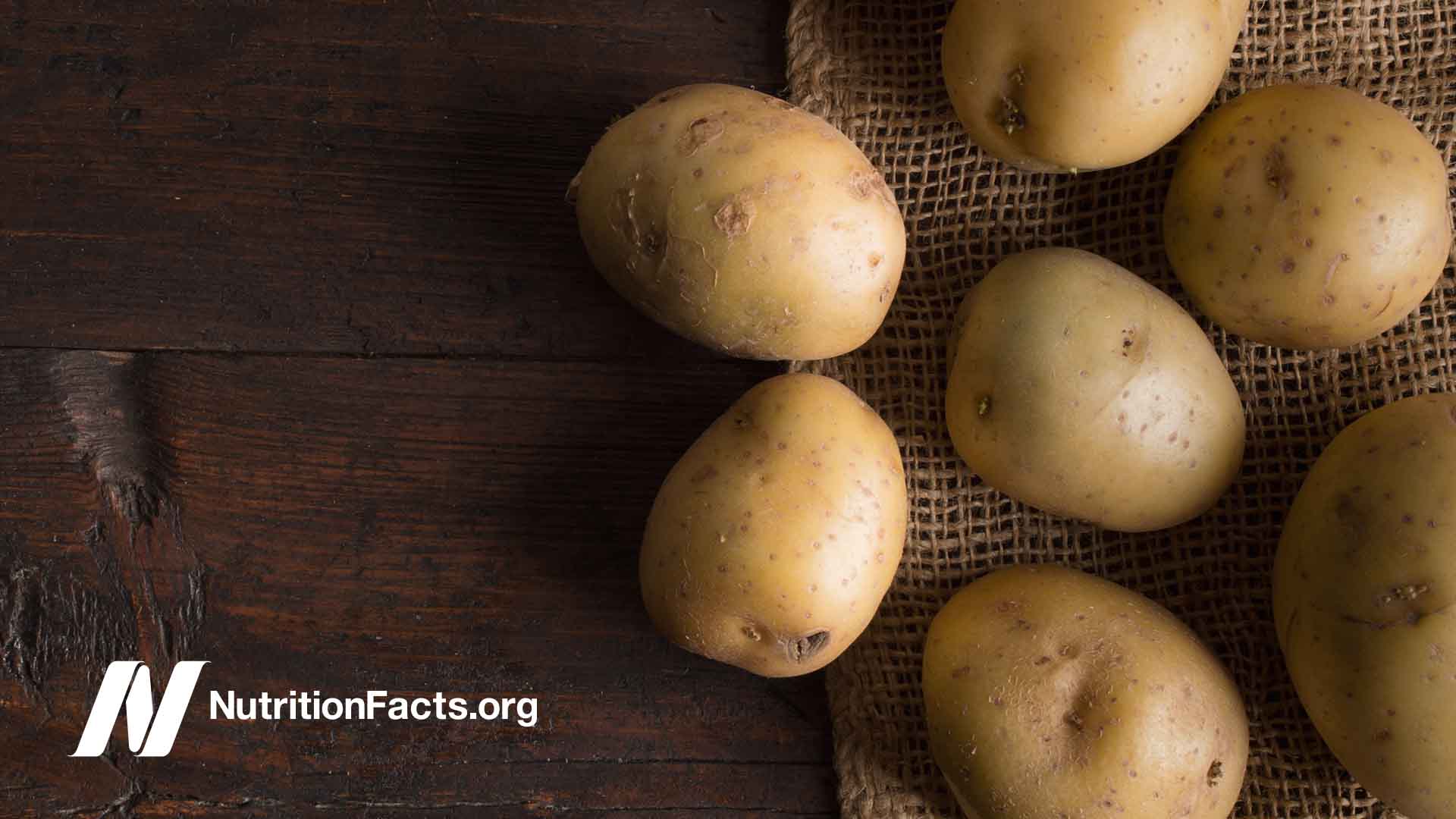
The Glycemic Index and Glycemic Load: Key Concepts for Diabetic Meal Planning
Two important concepts in diabetic nutrition are the Glycemic Index (GI) and Glycemic Load (GL). These measures help predict how different foods will affect blood sugar levels.
Glycemic Index Explained
The Glycemic Index is a scale that ranks carbohydrate-containing foods based on how quickly they raise blood glucose levels. Foods are categorized as follows:
- Low GI: 55 or less
- Medium GI: 56-69
- High GI: 70 or above
Generally, people with diabetes are advised to choose low to medium GI foods to help manage their blood sugar levels more effectively.
Understanding Glycemic Load
While the GI is useful, it doesn’t account for portion size. This is where Glycemic Load comes in. GL considers both the GI of a food and the amount of carbohydrates in a serving. It provides a more accurate picture of how a specific portion of food will affect blood sugar levels.
To calculate GL, multiply the GI by the amount of carbohydrates (in grams) and divide by 100. Foods can be classified as:

- Low GL: 10 or less
- Medium GL: 11-19
- High GL: 20 or more
Potatoes and Their Impact on Blood Sugar Levels
Potatoes are a staple food in many diets worldwide, but their high carbohydrate content and typically high GI have led to concerns about their suitability for people with type 2 diabetes.
The Glycemic Index of Potatoes
The GI of potatoes can vary significantly depending on the type and preparation method. Here are some examples:
- Boiled white potato: GI 82
- Baked russet potato: GI 111
- Sweet potato: GI 70
- New potatoes: GI 57
As we can see, most potato varieties fall into the medium to high GI range. However, it’s important to note that the GI alone doesn’t tell the whole story.
Glycemic Load of Potatoes
The GL of potatoes can provide a more accurate picture of their impact on blood sugar. For example:
- 150g boiled white potato: GL 21
- 150g baked sweet potato: GL 22
- 150g boiled new potatoes: GL 16
While these GL values are still in the medium to high range, they offer a more nuanced view of potatoes’ effect on blood sugar when consumed in typical portion sizes.

Can People with Type 2 Diabetes Safely Eat Potatoes?
Despite their reputation as a high-GI food, recent research suggests that potatoes can be included in a balanced diet for people with type 2 diabetes when consumed in moderation and prepared appropriately.
Research Findings on Potatoes and Blood Sugar Control
A study published in the journal Clinical Nutrition found that participants with type 2 diabetes who consumed a meal containing skinless white potatoes had better overnight blood glucose control compared to those who ate basmati rice, a low-GI carbohydrate. This suggests that potatoes may not be as detrimental to blood sugar control as previously thought.
Factors Affecting the Glycemic Response to Potatoes
Several factors can influence how potatoes affect blood sugar levels:
- Preparation method: Boiling or steaming potatoes results in a lower GI compared to baking or frying.
- Cooling: Cooled potatoes have a lower GI due to the formation of resistant starch.
- Portion size: Smaller portions will have less impact on blood sugar.
- Pairing with other foods: Consuming potatoes with protein, fiber, and healthy fats can slow digestion and reduce the glycemic response.
The Nutritional Benefits of Potatoes for People with Type 2 Diabetes
While potatoes are often criticized for their high carbohydrate content, they also offer several nutritional benefits that can be valuable for people with type 2 diabetes:
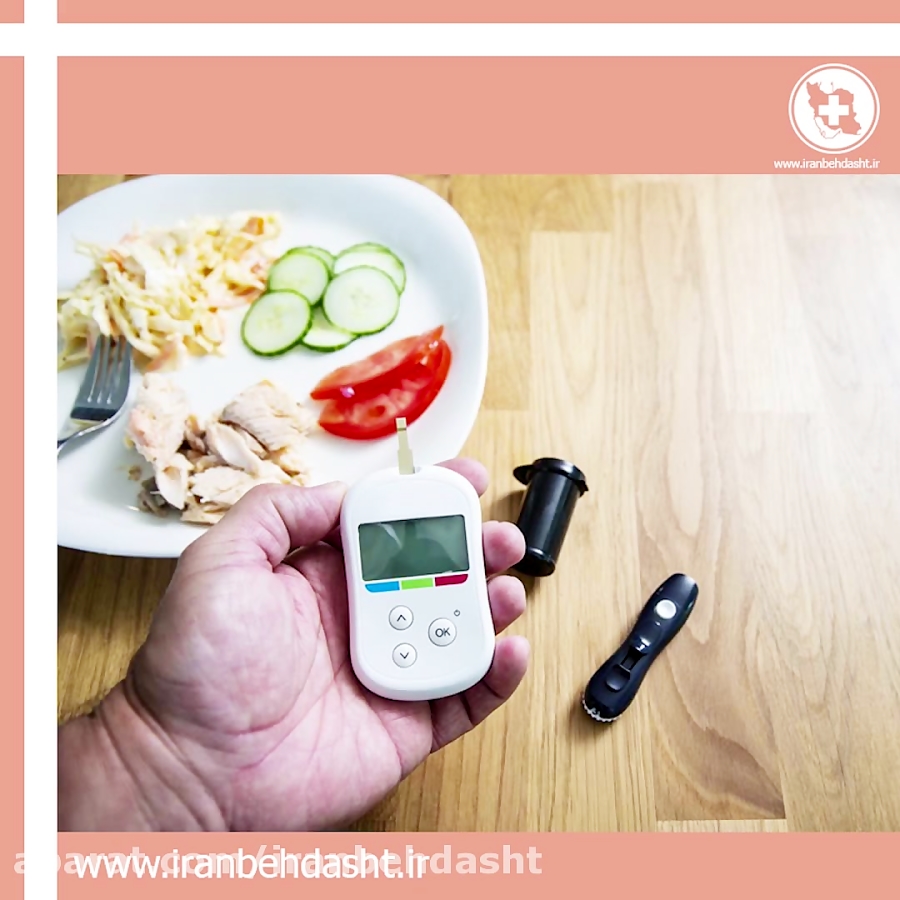
- Potassium: Helps regulate blood pressure and supports heart health.
- Vitamin C: An antioxidant that supports immune function and skin health.
- Vitamin B6: Important for brain function and the formation of red blood cells.
- Fiber: Particularly when eaten with the skin, potatoes provide fiber that aids digestion and can help manage blood sugar levels.
- Resistant starch: When cooled, potatoes form resistant starch, which acts as a prebiotic and may improve insulin sensitivity.
The Role of Fiber in Blood Sugar Management
Fiber is particularly important for people with type 2 diabetes. It slows down digestion and the absorption of carbohydrates, which can help prevent rapid spikes in blood sugar levels. The fiber content in potatoes, especially when eaten with the skin, can contribute to better blood sugar control when included as part of a balanced meal.
Best Practices for Including Potatoes in a Diabetic Diet
For individuals with type 2 diabetes who wish to include potatoes in their diet, here are some strategies to minimize their impact on blood sugar levels:
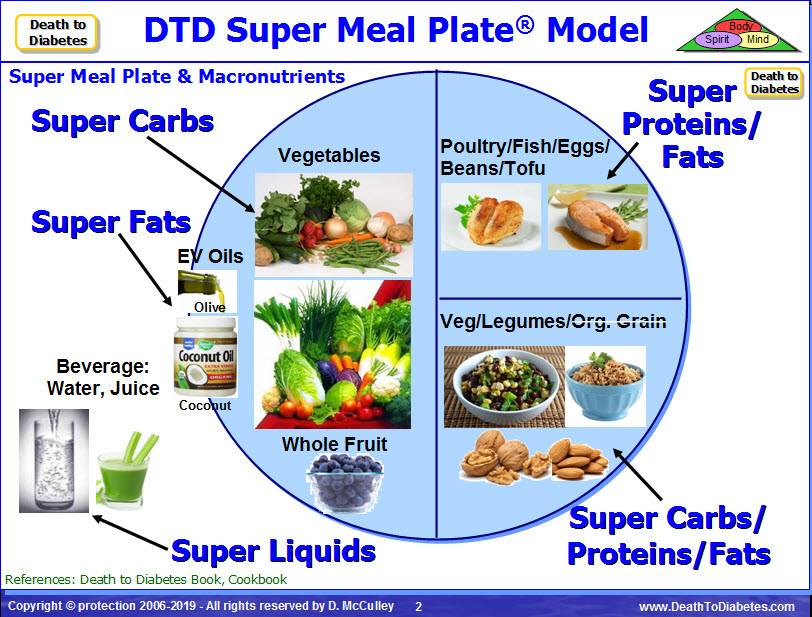
- Choose lower GI varieties: Opt for new potatoes, sweet potatoes, or purple potatoes, which tend to have a lower GI than russet potatoes.
- Use healthy cooking methods: Boil or steam potatoes instead of frying or baking them at high temperatures.
- Practice portion control: Limit portion sizes to about 1/2 to 1 cup of cooked potatoes per meal.
- Pair with protein and fiber: Combine potatoes with lean proteins, non-starchy vegetables, and healthy fats to create a balanced meal.
- Cool before eating: Allow potatoes to cool before consuming them to increase their resistant starch content.
- Monitor blood sugar: Regularly check blood glucose levels to understand how potatoes affect your individual response.
The Importance of Individualized Meal Planning
It’s crucial to remember that every person with type 2 diabetes may respond differently to various foods, including potatoes. Working with a registered dietitian or healthcare provider can help develop an individualized meal plan that includes potatoes in a way that aligns with your specific health goals and blood sugar management needs.

Alternatives to Potatoes for People with Type 2 Diabetes
For those looking to reduce their potato intake or add variety to their meals, there are several lower-GI alternatives that can be incorporated into a diabetic-friendly diet:
- Cauliflower: Can be mashed or riced as a low-carb potato substitute.
- Sweet potatoes: While still high in carbs, they have a lower GI than white potatoes and offer additional nutrients.
- Butternut squash: A versatile, lower-GI alternative that can be used in many potato-based recipes.
- Zucchini: Can be spiralized or sliced to replace potatoes in various dishes.
- Turnips: A root vegetable with a significantly lower carb content than potatoes.
- Legumes: Beans and lentils provide complex carbohydrates with a low GI and high fiber content.
Incorporating a Variety of Carbohydrate Sources
Diversifying carbohydrate sources can help provide a range of nutrients while managing blood sugar levels. By including a mix of whole grains, legumes, and non-starchy vegetables alongside moderate portions of potatoes, individuals with type 2 diabetes can enjoy a varied and satisfying diet.

The Role of Technology in Managing Type 2 Diabetes
Advancements in technology have provided new tools for people with type 2 diabetes to manage their condition more effectively. These innovations can be particularly helpful when incorporating foods like potatoes into the diet:
Continuous Glucose Monitoring (CGM) Systems
CGM devices allow for real-time tracking of blood glucose levels, providing valuable insights into how different foods, including potatoes, affect an individual’s blood sugar. This information can help in making informed decisions about portion sizes and meal composition.
Smartphone Apps for Diabetes Management
Various apps are available to help track food intake, monitor blood sugar levels, and provide nutritional information. These tools can be invaluable for planning meals that include potatoes while maintaining good blood sugar control.
Digital Food Scales and Portion Control Tools
Accurate portion control is crucial when including higher-GI foods like potatoes in a diabetic diet. Digital food scales and portion control tools can help ensure that potato servings are appropriate and consistent.
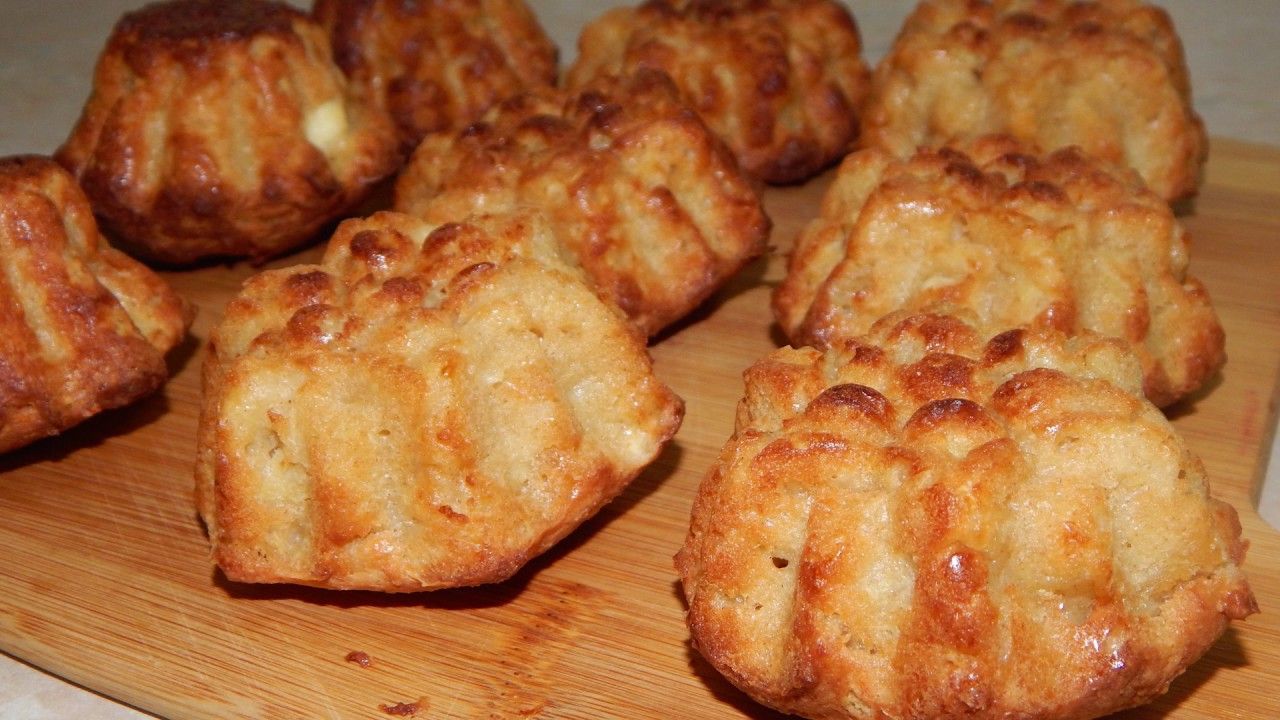
The Future of Diabetes Management and Dietary Recommendations
As research in the field of diabetes management continues to evolve, our understanding of the role of different foods, including potatoes, in blood sugar control is likely to become more nuanced. Some emerging areas of research include:
Personalized Nutrition
Studies are exploring how individual factors such as genetics, gut microbiome composition, and lifestyle can influence glycemic responses to different foods. This research may lead to more personalized dietary recommendations for people with type 2 diabetes.
Resistant Starch and Gut Health
Growing interest in the role of resistant starch, which is found in cooled potatoes, may lead to new strategies for incorporating potatoes into diabetic diets. Research is exploring how resistant starch affects gut health, insulin sensitivity, and overall glycemic control.
New Potato Varieties
Agricultural research is focusing on developing potato varieties with lower GI and higher nutrient content. These new varieties could provide more options for people with type 2 diabetes to enjoy potatoes while managing their blood sugar levels effectively.
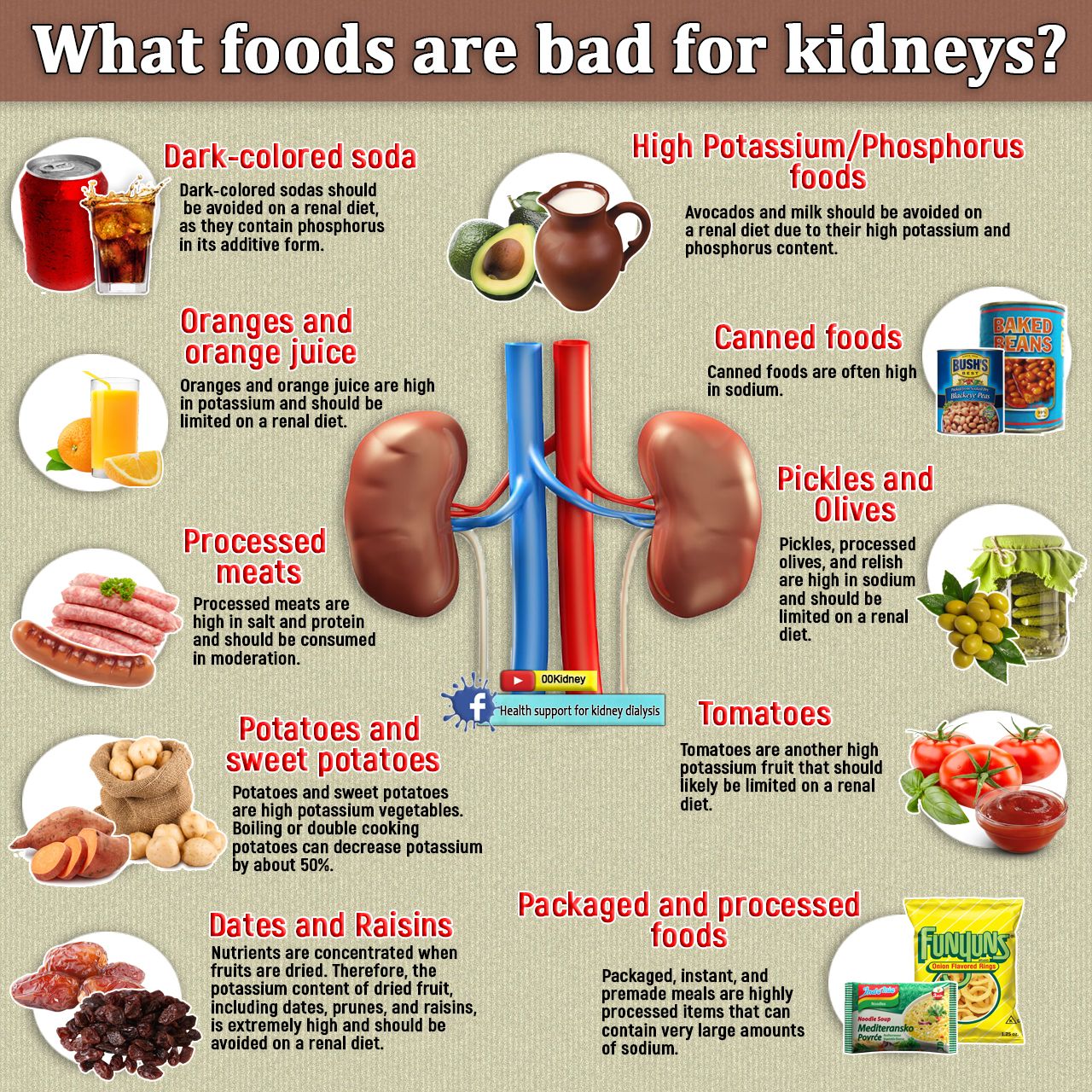
In conclusion, while potatoes have traditionally been viewed with caution in diabetic diets due to their high GI, emerging research suggests that they can be included as part of a balanced meal plan for people with type 2 diabetes. By understanding the factors that influence the glycemic impact of potatoes and implementing strategies to minimize blood sugar spikes, individuals can enjoy this versatile and nutritious food while maintaining good blood glucose control. As always, it’s essential to work closely with healthcare providers and registered dietitians to develop an individualized approach to nutrition that takes into account personal health goals, preferences, and glycemic responses.
Are Potatoes Good For Type 2 Diabetes?
Content
- Overview
- What is type 2 diabetes?
- Are potatoes good for type 2 diabetes?
- What are the effects of potatoes on blood sugar levels?
- Considering the GI and GL of a potato
- Which is the best type of potato for type 2 diabetes?
- Health benefits of eating potatoes
- Potential side effects of eating potatoes
- Alternatives to potatoes
- The lowdown
As a patient with diabetes, there’s a seemingly infinite number of foods you are urged not to eat. To manage your blood sugar, doctors will recommend that you avoid almost all the sweeter things in life. This includes everything from candy and pastries to basically anything with a high glycemic index (GI).
What does this mean for the avid potato lover? Do you have to give up all the tasty fries, jacket, boiled, and mashed potatoes for life? Well, not exactly.
Despite being a starchy vegetable and a high GI food, potatoes can still be enjoyed by people with diabetes without facing the implied repercussions. In fact, some studies show that eating potatoes might actually aid people with type 2 diabetes in controlling their blood sugar.
In fact, some studies show that eating potatoes might actually aid people with type 2 diabetes in controlling their blood sugar.
In this article, we shall debunk the myths surrounding potatoes and see if they can be good for type 2 diabetes patients.
Have you considered clinical trials for Diabetes?
We make it easy for you to participate in a clinical trial for Diabetes, and get access to the latest treatments not yet widely available – and be a part of finding a cure.
Check your eligibility
Type 2 diabetes is, by far, the most common type of diabetes, accounting for 90% to 95%¹ of all diabetes cases. Like most other diabetes types, it is basically an impairment in how your body uses and regulates sugar. As a result, levels of glucose or sugar easily build up in your bloodstream.
Having high blood sugar, you are prone to severe health problems, including vision loss, heart disease, and kidney disease.
Perhaps what makes type 2 diabetes different is that, in this case, your body is actually resistant to insulin activity. This means your body won’t be able to use insulin like it is supposed to.
This means your body won’t be able to use insulin like it is supposed to.
What is the role of insulin in all this, and why is it so important?
Well, to break it down, insulin is a hormone made in your pancreas. Its role is to help move the sugars in your blood into your body cells to be used as energy. In type 2 diabetes, your cells fail to respond to the insulin. Consequently, the pancreas will produce more insulin to force the cells to respond. When they ultimately fail to respond, your blood sugar rises.
Usually, people with type 2 diabetes (or any diabetes type) are advised to avoid foods with a high GI. The argument is that such foods make it hard for the body to control blood sugar levels. Therefore, since potatoes have a high GI, they can potentially be bad for people with diabetes if consumed in large quantities.
However, that is not to say people with diabetes should entirely avoid potatoes. In fact, in a study testing overnight blood glucose control in patients with type 2 diabetes, the participants who consumed a meal with skinless potatoes had an overall lower blood glucose response overnight when compared to others who had basmati rice, a low-GI carbohydrate food.
Based on this, one might conclude that potatoes can be just as good for people with type 2 diabetes. If consumed moderately, they can be a perfect addition to a patient’s healthy diet.
Much like any other food containing carbs, potatoes cause an increase in blood sugar levels. When you eat a potato, your body converts the carbohydrates into simple sugars (glucose). The glucose then moves into your bloodstream, causing an increase in blood sugar levels.
At this point, the body releases insulin to help transport sugar into cells for it to be used for energy. However, this process is a little different in people with diabetes. Since they are resistant to insulin, the sugar will not move into the cells as efficiently.
Instead, it will remain in circulation, meaning your blood sugar levels remain higher for longer.
Taking this into account, you can say that eating potatoes (or any other carbs) in large portions will increase blood sugar levels. If you have type 2 diabetes, it is always better to moderate your carb intake.
The GI and GL are common terms used by nutritionists when picking out meal plans for patients. What’s the difference between the two? Let’s have a look.
Glycemic index
The GI or glycemic index is a value used to rank foods based on their potential or speed in raising blood sugar levels. Generally, foods with a high GI tend to raise blood sugar faster than lower GI foods.
According to the National Institute of Health (NIH), foods can be classified into three based on their GI:
High GI—foods with a GI of 70 and above
Medium GI—foods with a GI ranging between 56 and 69
Low GI—foods with a GI of 55 and below
As a person with diabetes, you are recommended to stick to foods with medium or low GI. Now, while some types of potatoes have a high GI, some other factors come in and balance it out. For instance, it can vary depending on how you prepare it.
Here are some examples of potatoes and their GI based on preparation.
Baked potato—111
Mashed potatoes—87
Boiled potato—82
French fries—73
Glycemic load
Other than GI, there is another value used to rank foods based on their impact on blood sugar—the glycemic load or GL. In this case, GL shows the amount of sugar that will enter the bloodstream; in other words, how high your blood sugar will rise after ingesting certain foods.
You can calculate the GL by multiplying the GI by the amount of carbohydrates (in grams) in your food and then dividing it by 100.
As per the NIH,² foods can be classified into three based on their GL:
Where do potatoes rank in all this? Well, it also depends on the type of potato you are dealing with and how you prepare them. Baked potatoes, for instance, have a GL of 33 (which is quite high), while a boiled potato has a GL of 25. These are higher than your typical doughnut or jelly beans.
Here’s a quick rundown based on the varieties of potatoes available in the market.
High GL—French fries, Desiree
Medium GL—Russet Burbank, white, potato crisps, instant mashed potato, Charlotte, Desiree
Low GL—Nicola, Carisma
Naturally, you want to stick to foods with a low GL to manage your blood sugar levels better.
There are three major types of potatoes:
Starchy potatoes
Starchy potatoes are high in starch but low in moisture. They tend to get fluffy and easily separate when cooked. Examples include Idahos, Russets, Yams, and some sweet potato varieties.
Waxy potatoes
Waxy potatoes contain medium starch levels. They are also high in moisture and sugar. Some common examples include Red Bliss and Fresh fingerling.
All-purpose potatoes
All-purpose potatoes have the lowest starch levels. They are fairly fluffy yet hold their shape when cooked. An example is Yukon Gold.
According to the diabetes association, starchy vegetables, like potatoes, are perfectly okay to include in a healthy diabetes diet. Being a complex carbohydrate, starch generally takes longer to break down in the body than simple sugars like sucrose. Therefore, starchier potatoes are the best for type 2 diabetes.
Being a complex carbohydrate, starch generally takes longer to break down in the body than simple sugars like sucrose. Therefore, starchier potatoes are the best for type 2 diabetes.
Still, the ideal potato for a type 2 diabetes patient can be influenced by other factors, including:
Type, maturation, and origin
Preparation or processing
What you consume them with
You want to stick with simple preparation methods such as baking, boiling, air frying, steaming, roasting, and grilling. At the same time, avoid any preparation method that needs extra fat, like French fries or fried potatoes. The fat tends to counter some nutritional benefits that the potato might have. Leave out toppings that might counter the potato’s nutritional benefits, too, such as sour cream, cheese, or bacon bits.
Also worth noting is that letting your potatoes cool down helps lower GI.
An average potato will weigh about 5 ounces. This translates to around 110 calories, 3 grams protein, 2 grams fiber, and zero fat.
When it comes to nutrition, potatoes are good sources of:
Potassium
Vitamin B6 and Vitamin C
Small amounts of riboflavin, thiamine, folate, iron, zinc, and magnesium
However, this doesn’t apply to all types of potatoes. Waxy potatoes, for instance, have fewer calories, fiber, and carbs than starchy potatoes. They also have higher amounts of niacin and Vitamin K.
For the most part, potatoes are okay to ingest, even with diabetes type 2. However, if you eat too much of it, your blood sugar is bound to rise as your body converts carbohydrates into glucose.
Eating potatoes in large amounts is also known to cause gas and bloating. Nutritionists recommend incorporating them into a balanced meal or eating a protein alongside them.
Another less critical side effect of eating too much potatoes is that it increases your craving for carbs. This might lead to you eating more and possibly gaining weight.
While it is okay for people with type 2 diabetes to include potatoes in their diet, you still stand to gain more by limiting your portions or substituting them with other healthy alternatives.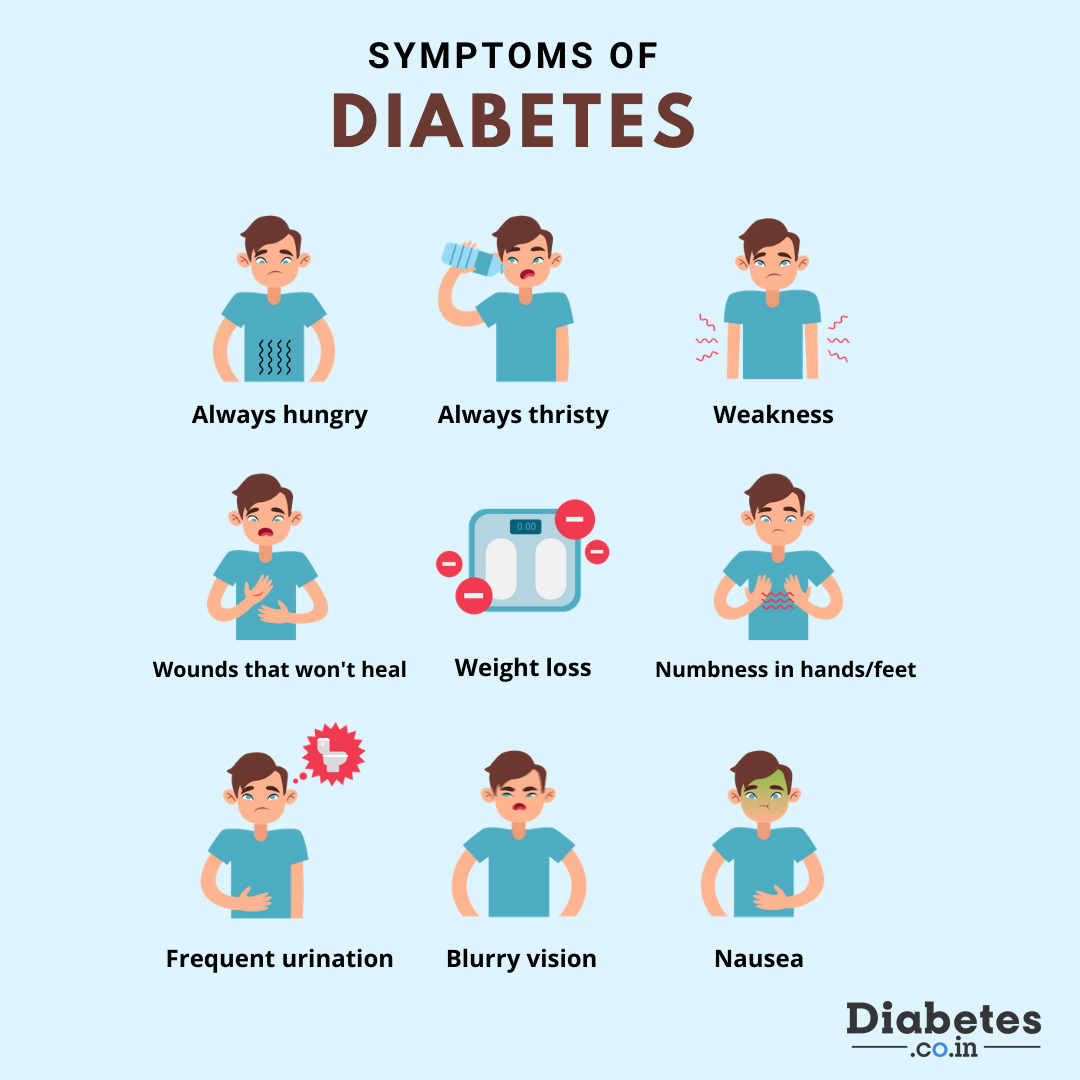
For this, you can settle for foods with low GI and GL, including:
Cauliflower
Carrots
Oatmeal
Parsnips
Lentils and legumes
Taro
There is a reason potatoes are one of the most consumed foods in the country. They are budget-friendly and easy to make, plus you can dress them up with various ingredients and season them how you want. It is virtually impossible to avoid them completely.
It is worth noting that while they are in the clear for type 2 diabetes patients, potatoes are high GI foods and will still increase your blood pressure if consumed in large quantities. The key here is moderation. Simply limit your portions of potatoes per meal.
On top of that, you should also mind how you cook them. The healthy way is to bake, boil, or steam rather than fry the potatoes. The oils used in frying contain higher quantities of unhealthy fats and calories.
At the end of the day, having type 2 diabetes doesn’t prevent you from eating potatoes. Just be mindful of how much you eat and what you eat them with, and you are good to go.
Just be mindful of how much you eat and what you eat them with, and you are good to go.
Safety, risks, diet, and tips
Although potatoes are a starchy vegetable, a person with diabetes can still enjoy them as part of a healthful diet. People with diabetes need to be aware of their carbohydrate intake at each meal.
When a person eats something, their body converts the carbohydrates and sugars in the food into a simple sugar called glucose.
Glucose enters the bloodstream and increases blood sugar levels. A person who does not have diabetes will produce and use insulin effectively. Insulin is a hormone that allows the glucose to enter the cells to use for energy. This means that glucose leaves the bloodstream.
However, people with diabetes are unable to produce or use insulin effectively. This means that glucose cannot enter the cells and remains in the blood, which increases blood sugar levels. For this reason, it essential that people with diabetes monitor their carbohydrate intake.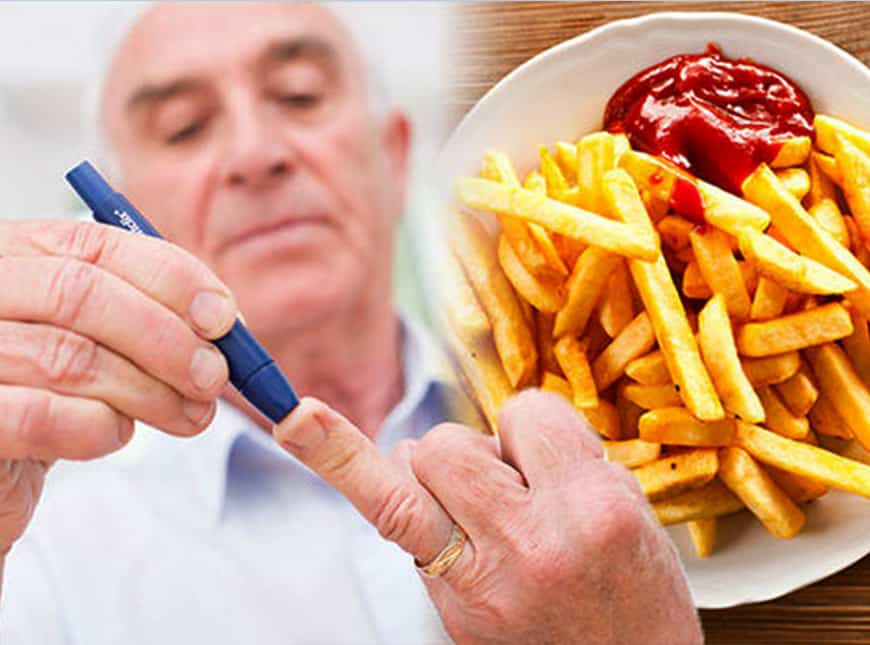
Potatoes are a starchy vegetable. They contain carbohydrates which will increase a person’s blood sugar levels.
In this article, we examine whether people with diabetes can eat potatoes. We also look at which types of potato are better for blood sugar, how to prepare and cook potatoes, and general dietary tips for people with diabetes.
Share on PinterestIn moderation, a person with diabetes may eat potatoes.
The American Diabetes Association (ADA) recommend eating starchy vegetables, such as potatoes, as part of a healthful diet. Starch is a complex carbohydrate that takes the body longer to break down than simple sugars.
It is a common misconception that people with diabetes should avoid potatoes and other starchy foods because they tend to have a high glycemic index (GI).
GI is a useful system for ranking foods according to their potential to raise blood sugar levels. Foods with a high GI raise blood sugar faster than those with a low GI.
According to the ADA:
- low-GI foods have a GI of 55 or less
- medium-GI foods have a GI of 56 to 69
- high-GI foods have a GI of 70 or more
Eating foods with a low or medium GI can help a person manage their blood sugar levels. While some varieties of potato do have a high GI, other factors can balance this out.
While some varieties of potato do have a high GI, other factors can balance this out.
However, GI is not the only indication of a food’s impact on blood sugar. Glycemic load (GL) demonstrates how much glucose will enter the bloodstream. While people with diabetes should be mindful of their intake of high-GI foods, managing portion size and preparation method can help reduce their impact on blood sugar.
When choosing a high-GI food, the ADA recommend combining a low-GI food with it to help balance a meal. They also state that portion size is key to enjoying starchy foods as part of a healthful meal plan.
Another important consideration is the cooking method. Deep- or shallow-frying potatoes in certain oils and fats, such as animal fats, can increase their saturated and trans fat content. This might increase the risk of heart disease, especially in people with diabetes who already have an increased risk of cardiovascular disease.
Fats also contain calories. People managing their body weight to reduce the impact of type 2 diabetes may wish to cook potatoes in a way that moderates fat and calorie intake.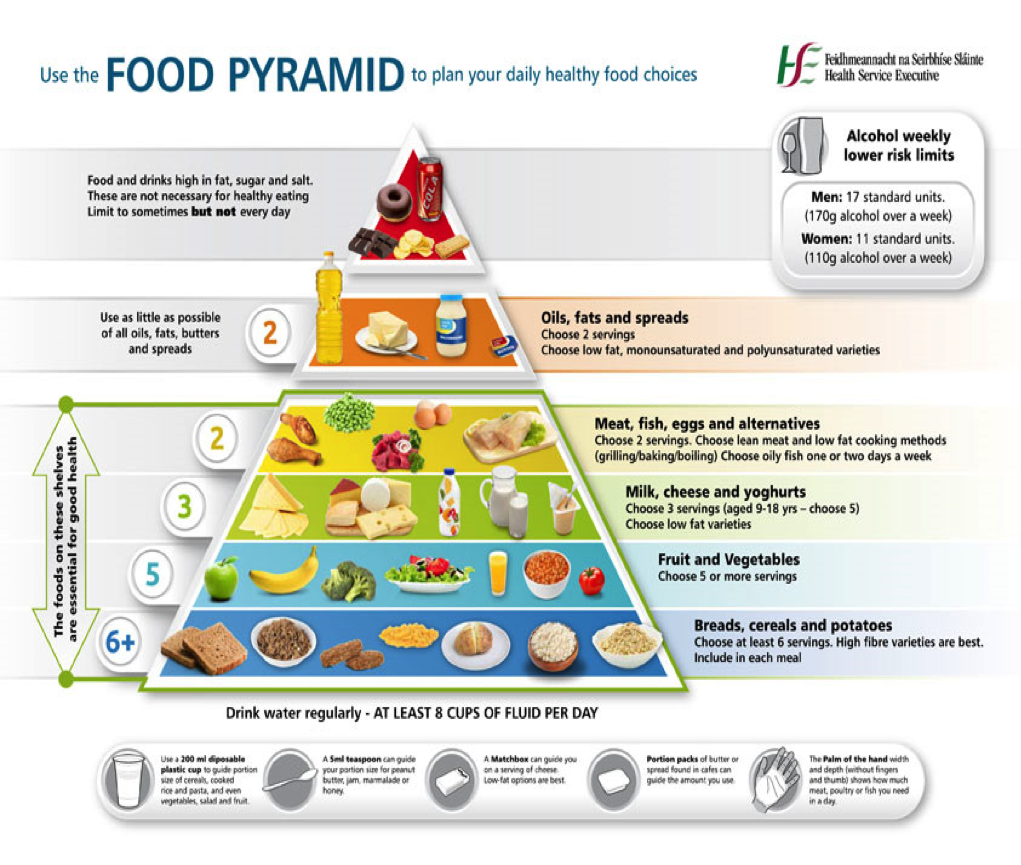 To reduce body weight, people must burn more calories than they consume.
To reduce body weight, people must burn more calories than they consume.
The best way to prepare potatoes is to boil or steam them. Both boiled and steamed potatoes are rich in vitamins, minerals, and fiber but very low in fat, sugar, and salt.
Share on PinterestPotatoes are more healthful with the skin on.
People with diabetes should be mindful of the portions of potato they consume.
It is best to eat potatoes as part of a balanced, healthful meal. Eating potatoes alongside low-GI foods that provide fiber, lean protein, and healthful fats can help balance the nutritional benefits of a meal.
Eating high-fiber foods can help a person moderate blood sugar levels and increase their feeling of fullness after a meal. Low-GI foods can include other non-starchy vegetables.
People who have diabetes should avoid heavy toppings that add calories.
Sweet potatoes are one of the best types of potato for people with diabetes, as they are low-GI and contain more fiber than white potatoes.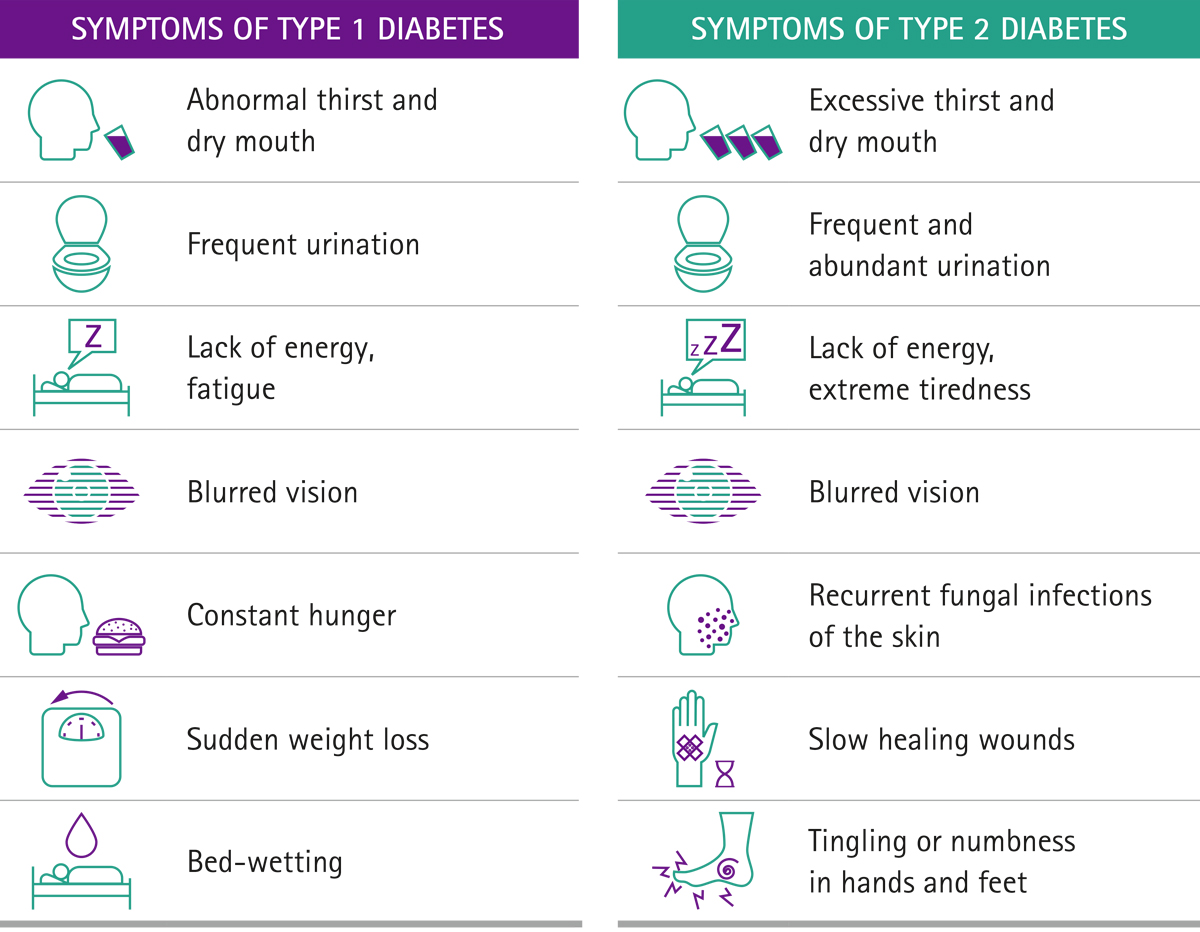 Sweet potatoes are also a good source of calcium and vitamin A.
Sweet potatoes are also a good source of calcium and vitamin A.
Carisma potatoes, a variety of white potato, are another lower-GI option. Russet potatoes are high-GI, so people should limit the amount they eat.
The preparation and cooking methods a person uses might affect both the GI and the nutritional content of potatoes.
For instance, whole potatoes have a lower GI than mashed or diced potatoes.
Allowing potatoes to cool slightly before eating them can also be beneficial. Cooking a potato makes the starch more digestible, which raises the GI. After cooling, the potato becomes less digestible again, which may lower the GI.
The most healthful way to cook potatoes is to boil, steam, or microwave them without adding other ingredients. Preparing potatoes in this way will ensure that they are very low in sugar, salt, and fat.
Keeping the skins of the potatoes on can provide additional fiber. Up to 50 percent of the phenolic compounds in potatoes are present in the skin and attached flesh.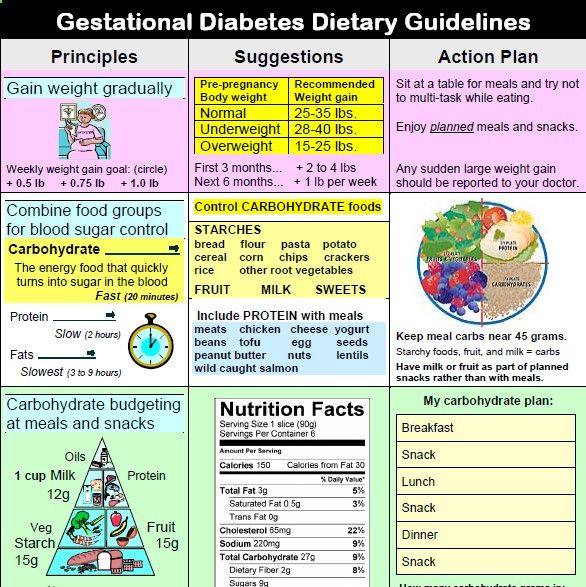
Phenolic compounds contain antioxidant properties that may be beneficial to health.
Some potato dishes are more suitable than others for people with diabetes.
For example, a potato salad can be a good option, as the potatoes are bite-sized or cubed rather than crushed or mashed. However, ensure that toppings, such as mayonnaise, are low-fat with no added sugar.
People can try this potato salad recipe, which uses low-fat mayonnaise and light sour cream to reduce the fat content.
Any recipes that involve mashed or crushed potato, such as potato pasta, are less appropriate for people with diabetes. Processing the potato in this way increases its GI and the potential impact that it may have on a person’s blood sugar levels.
It is also best to avoid fried potatoes, as frying them increases their calorie and fat content.
Share on PinterestAdd a serving of non-starchy vegetables to potatoes.
Meal planning is a valuable tool for people with diabetes, as it can help them optimize meal timings and serving sizes for each meal. A doctor, dietitian, or diabetes educator can offer dietary advice and help with meal planning.
A doctor, dietitian, or diabetes educator can offer dietary advice and help with meal planning.
People with diabetes should eat more non-starchy vegetables and fill half of the plate with nutrient-rich vegetables, such as:
- broccoli
- carrots
- cauliflower
- peppers
- spinach and other leafy greens
- tomatoes
Starchy and lean protein options should account for one- quarter of the plate. Trim excess fat from cuts of meat to bring down their saturated fat content.
The ADA’s “Create Your Plate” is a free online tool. It can help people with diabetes plan a balanced meal with appropriate portion sizes.
Carbohydrate counting can also be a helpful technique for managing diabetes. Counting the total carbohydrate content of foods and meals will indicate how a specific food may affect a person’s blood sugar levels.
The doctor or dietitian managing a person’s diabetes will recommend an individualized daily carb count.
Here, learn about the foods a person with diabetes should avoid.
Potatoes are a starchy vegetable, which means that they are rich in carbohydrate and can raise a person’s blood sugar levels. Eating too many potatoes can present problems for blood sugar control in people with diabetes.
However, potatoes are a good source of vitamins, minerals, and fiber, and people with diabetes can enjoy them as part of a healthful diet.
Eating non-starchy foods alongside moderate portions of whole potatoes can balance out their GI. Cooking potatoes by boiling or steaming them with no added ingredients will also ensure that they are low in fat, salt, and sugar.
Q:
Can I have toppings on potatoes?
A:
Although the typical toppings on potatoes, such as bacon, butter, sour cream and cheese do not directly affect blood sugar, they can adversely affect heart health.
People with diabetes should limit these foods if they are trying to manage blood sugar and calories. These toppings are high in saturated fat, which should account for no more than 5–6% of total calories, according to the American Heart Association.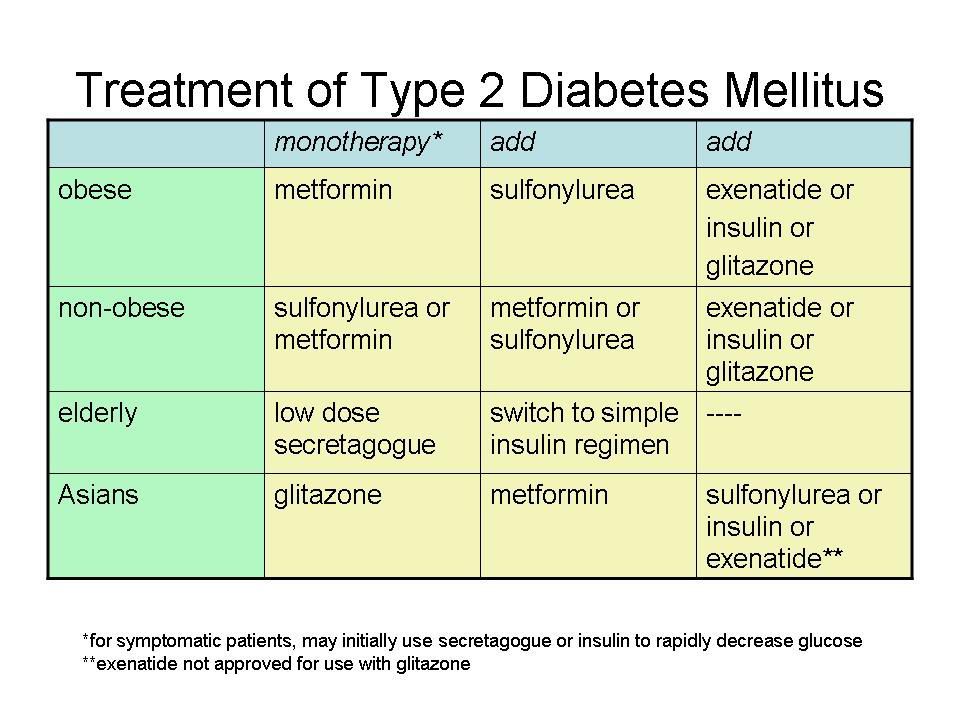
Instead, choose toppings such as plain Greek yogurt, salsa, or low fat versions of sour cream to provide flavor to potatoes while also decreasing calories and saturated fat.
Answers represent the opinions of our medical experts. All content is strictly informational and should not be considered medical advice.
Was this helpful?
Potatoes for Diabetes: An Overview of Benefits and Harms, ADA Guidelines Sugar Magazine
When a person eats, the body converts carbohydrates into glucose, which in turn enters the bloodstream and raises blood sugar levels. Because of this effect on blood sugar levels, people with diabetes should always control the amount of carbohydrates they consume.
Potatoes are a starchy vegetable, meaning they are high in carbohydrates and can raise a person’s blood sugar quite a bit.
In this article, we will look at whether people with diabetes can eat potatoes. We’ll also look at which varieties of potatoes are best, the best ways to prepare them, and general recommendations for people with diabetes about eating this vegetable.
- Author:
Lyudmila Panchuk, editor
- access_time
Potato is rich in many nutrients, such as: phosphorus, iron, iodine, magnesium, sodium, calcium, copper, manganese, zinc, cobalt, etc. Also, the potato contains choline, vitamins A, B1, B2, B5 , B6, C, E, K, niacin and folic acid, which makes it quite a useful and nutritious product for the human body.
Potatoes and Diabetes
The American Diabetes Association (ADA) recommends starchy vegetables such as potatoes as part of a healthy diet.
There is a common misconception that people with diabetes need to eliminate potatoes and other starchy foods from their diet. The reason for this misconception is that starchy foods are high in carbohydrates and tend to have a high glycemic index (GI).
The GI is a useful system for ranking foods from 0 to 100 based on their ability to raise blood sugar levels.
High GI foods raise blood sugar levels more than low GI foods. Product classification according to ADA:
- low GI foods – GI 55 or less;
- products with an average GI – from 56 to 69;
- high GI foods – GI 70 or more.
Only eating low or medium GI foods can help control blood sugar levels. While some varieties of potatoes have a high GI, other factors can balance this out, including serving size and cooking method.
In order to balance the diet, the ADA recommends combining high and low GI foods. They also state that when eating starchy foods, serving size is key. Another important factor is the method of preparation. When potatoes are fried in certain oils and fats, such as animal fats, saturated and trans fats are formed, which increases the risk of cardiovascular disease. Fats are also high in calories, which is important for people trying to maintain a healthy weight.
The best way to cook potatoes is to boil or steam them.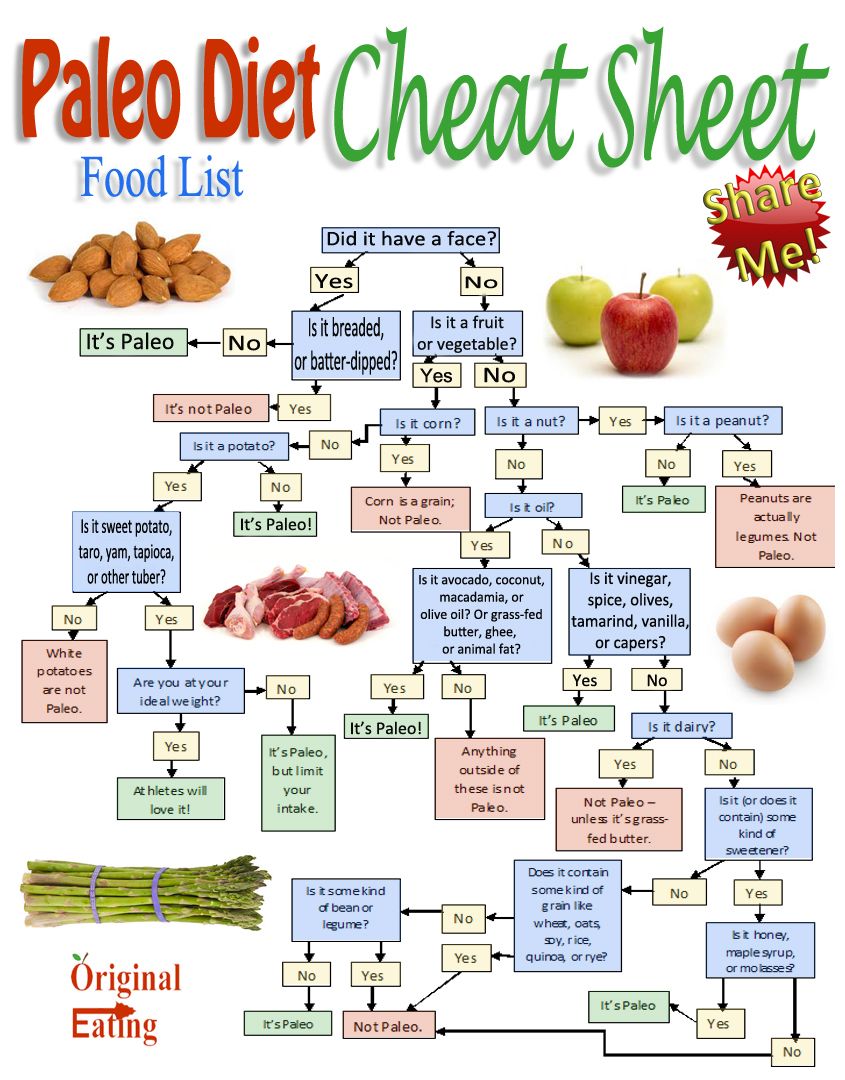 At the same time, potatoes do not lose vitamins, minerals and fiber, but contain very little fat and salt.
At the same time, potatoes do not lose vitamins, minerals and fiber, but contain very little fat and salt.
Best Potato for Diabetes
Sweet potato is one of the best potatoes for people with diabetes because it has a low GI and contains more fiber than white potatoes. Sweet potatoes are also a good source of calcium and vitamin A.
The Carisma potato, a type of white potato, is another low GI potato. Reddish brown potatoes have a high GI, so they are best eaten in small amounts.
Cooking potatoes
Cooking methods can affect both the digestive tract and the nutritional value of potatoes.
For example, whole potatoes have a lower GI than mashed or diced potatoes.
It is also recommended to let the potatoes cool slightly before eating. After cooking potatoes, starch becomes more digestible, which increases the GI. Once chilled, potatoes become less digestible again, lowering the GI slightly.
The healthiest way to cook potatoes is by boiling, steaming, or microwaving without adding any other ingredients. The skin of potatoes contains extra fiber. In addition, up to 50% of the phenolic compounds (which have antioxidant properties) in potatoes are present in the skin and adjacent flesh.
Any dishes that use mashed or chopped potatoes are not recommended for diabetic diets. Processing potatoes in this way increases their GI and the potential impact on a person’s blood sugar levels. It is also best to avoid fried potatoes, as frying increases their calorie content and fat content.
Although potatoes are a starchy vegetable, they are still a good source of vitamins, minerals and fiber, and people with diabetes can enjoy them from time to time as part of a healthy diet. Eating non-starchy foods along with small portions of whole potatoes will help balance their GI.
General nutritional advice for people with diabetes
A healthy diet should include plenty of nutrient-dense vegetables.
Creating a meal plan is a valuable tool for people with diabetes as it can help them optimize meal times and portion sizes for each meal. A doctor or dietitian can give some advice and help with the establishment of a nutrition system.
General tips include eating more non-starchy vegetables and filling half your plate with nutrient-dense vegetables. These can be, for example:
- broccoli
- carrot
- cauliflower
- pepper
- spinach and other greens
- tomatoes
Starchy foods and “lean” protein should fill no more than a quarter of the plate. To reduce the saturated fat content, it is recommended to cut off excess fat from cuts of meat.
Novgorod agrarians are engaged in unusual seed potatoes of the Monk variety for diabetics. You will be surprised by its color
Potato variety “Monk” surprises not only with the unusual color of the tubers. It is great for people with diabetes, as it contains a low percentage of starch. The fact that the farmers of the Novgorod region are engaged in this variety was announced by the Minister of Agriculture of the region Elena Pokrovskaya in the program “Main Air” on NT.
It is great for people with diabetes, as it contains a low percentage of starch. The fact that the farmers of the Novgorod region are engaged in this variety was announced by the Minister of Agriculture of the region Elena Pokrovskaya in the program “Main Air” on NT.
As 53 Novosti found out at the Ministry of Agriculture, this useful variety is not yet grown on an industrial scale. As long as it’s a seed potato. This photo was taken at Anatoly Lipatov’s seed farm .
On Glavny ether Elena Pokrovskaya spoke about the successful work of Novgorod farmers in the field of seed production.
“We are doing very well in seed production of cereals and potatoes. We have seed farms, there are meristem laboratories in the region. They are engaged in the cultivation of virus-free potato microtubers, free from diseases and all kinds of viruses,” the minister noted.
The region supports this area with subsidies.
The microtubers obtained as a result of painstaking work are planted in the field, and the first generation of “super-superelite”, “superelite” grows. From such tubers a very high yield is obtained, a lot of underbushes are formed … Virus-free and very productive varieties are obtained.
From such tubers a very high yield is obtained, a lot of underbushes are formed … Virus-free and very productive varieties are obtained.
They have different taste characteristics – they depend on the characteristics of a particular variety, on the starch content. And if there is a starch-free “Monk”, then there are varieties with a high starch content, such tubers are literally boiled soft in mashed potatoes.
Elena Pokrovskaya said that our farmers grow 13 varieties from the meristem alone. And most of these varieties are domestic. “This is what makes our region different. We have about 40% of domestic varieties, while in Russia it is about 10%,” the minister said.
“How our weather conditions are good for potatoes: temperature and soil conditions contribute to the cultivation of high-quality seeds. We are happy to buy them from the southern regions, in which, due to high temperatures, they just cannot grow high-quality seed material. Therefore, it is in very high demand.

 High GI foods raise blood sugar levels more than low GI foods. Product classification according to ADA:
High GI foods raise blood sugar levels more than low GI foods. Product classification according to ADA: